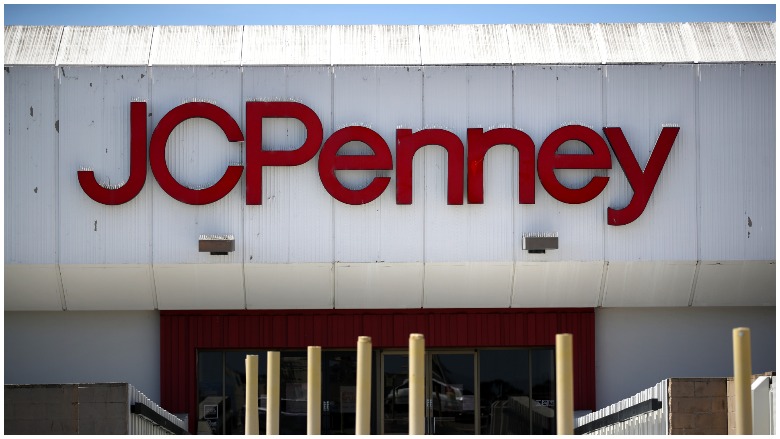
Getty J.C. Penney
J.C. Penney filed for Chapter 11 bankruptcy Monday afternoon, shortly after paying $17 million towards the company’s $4.2 billion debt. The store had been teetering on the edge of bankruptcy for several weeks and had lost $4.45 billion in eight of the nine years, according to USA Today.
In March, J.C. Penney CEO Jill Soltau had said the company was working with its lenders to restructure its debts and it was also considering rescue financing, the Dallas Business Journal reported. She also said she was “optimistic about JCPenney’s ability to weather this pandemic.”
However, a combination of declining sales and the effects of the coronavirus pandemic prompted the company to file for Chapter 11 bankruptcy. In fact, the restructuring agreement the company agreed to as part of its bankruptcy cited coronavirus as the reason that it had sought bankruptcy, according to a statement from J.C. Penney:
The RSA contemplates agreed-upon terms for a pre-arranged financial restructuring plan (the “Plan”) that is expected to reduce several billion dollars of indebtedness, provide increased financial flexibility to help navigate through the Coronavirus (COVID-19) pandemic.
The Company Was Already Struggling Before Coronavirus
J.C. Penney opened its first retail and apparel store in 1913. By 1994, the company had made $20.4 billion in retail sales (in comparison, the company made just $11 million in the last fiscal year). Sales at J.C. Penney, CNBC reported, have fallen annually since 2016 and the company had lost hundreds of stores since 2001.
In the face of online competition from e-commerce giants such as Amazon, J.C. Penney announced that it was closing 140 stores in 2017 and offered early retirement to 6,000 of its full-time employees.
In July of 2019, Reuters reported that J.C. Penney had hired advisers to see how the company could restructure its $4 billion debt. The next day, the company’s stock fell below $1, prompting the New York Stock Exchange to consider delisting it.
Business Insider reported that dozens of sale signs, empty shelves, disheveled aisles and closed fitting rooms at the stores signaled that the company was deteriorating. Others have attributed J.C. Penney’s downfall to the overall declining popularity of malls, where many J.C. Penney stores have been located.
J.C. Penney’s sales were at a high in 2006 of about $20 billion, but it fell 10% four years later after the economic depression. The company struggled to regain the customers it lost after that time, according to CNN Business. After leadership changes, the company made changes in its advertisements, logo and price models, but the changes failed to halt declining sales.
After Coronavirus Hit, J.C. Penney Spiraled
The company had already begun furloughing employees at its supply chain and logistics centers on March 20 and announced that it would begin furloughing hourly workers on April 2, the Dallas Business Journal reported.
On April 15, S&P Global Ratings downgraded J.C. Penney’s rating and ranked the company as a distressed retailer with a credit rating of CCC and a negative outlook.
By filing, the Texas-based retailer store became the fourth large company (after J. Crew, Neiman Marcus and Stage Stores) to seek Chapter 11 bankruptcy. Chapter 11 bankruptcy allows a company or individual to seek relief and adjust its repayment plan to debtors.
J.C. Penney had around $500 million on cash and 860 stores when it filed for bankruptcy; the retailer previously said it plans to close around 200 stores, CNBC reported.
J.C. Penney has said it will continue to provide products and curbside-pickup services, and generate revenue through its eCommerce site, jcp.com, even as it “restructures” with its lenders.
We are also encouraged by the level of support we have received from our vendor partners, landlords, and other stakeholders, whose confidence in our business and our people is expected to contribute to a successful reorganization. We have a newly refreshed, highly experienced team of retail executives who remain focused on rebuilding our business and restoring financial strength to JCPenney. This team has continued to innovate even during these challenging times.
READ NEXT: Forever 21 Bankruptcy: 3 Reasons It Doesn’t Spell the End of Brick & Mortar Stores